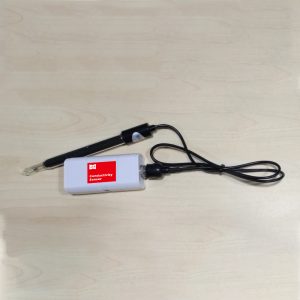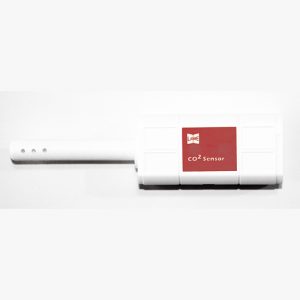Wireless Relative Air Pressure Sensor with syringe
August 1, 2025
Wireless ORP with probe
Range: -500 mV to 2000 mV
Resolution: 0.1 mV
I. Working Principle
The working principle of the redox sensor (ORP sensor) is similar to that of a dry cell, with the zirconia element in the sensor acting as an electrolyte. Under specific conditions (high temperature and platinum catalysis), the concentration difference between the inner and outer sides of the zirconia generates a potential difference, producing an electrical signal that is transmitted to the data collector.
II. Specifications
Range: -500 mV to 2000 mV
Resolution: 0.1 mV
III. Structure and Features
1. Equipped with a 1.8-inch color LCD screen.
2. Configured with 5 functional buttons for simple and convenient operation.
3. Supports high-speed USB data transfer for rapid communication with data collectors.
4. Enables wireless communication with experimental terminals.
5. Features a built-in large-capacity removable battery.
6. Includes a sensor interface with snap fasteners, compatible with standard sensors for combined experiments.
7. Provided with a fixed mount for attachment to iron stands for integration with traditional equipment.
8. Compatible with iOS, Android, and Windows systems.
IV. Typical Applications
This sensor is suitable for measuring redox-related chemical responses in various solutions.
V. Note
This product is intended for educational use only and is not suitable for industrial, medical, research, or commercial applications.
VI. Usage Tips
1. Immerse the sensor probe directly into the liquid for measurement; this sensor is designed for liquids, not gases.
2. When not in use, ensure the protective cap is tightly secured, as it contains a saturated potassium chloride solution to keep the probe moist.
3. During experiments, set the frequency to less than 2 Hz/second for optimal performance.
4. After use, thoroughly rinse the probe with distilled water.




Reviews
There are no reviews yet.